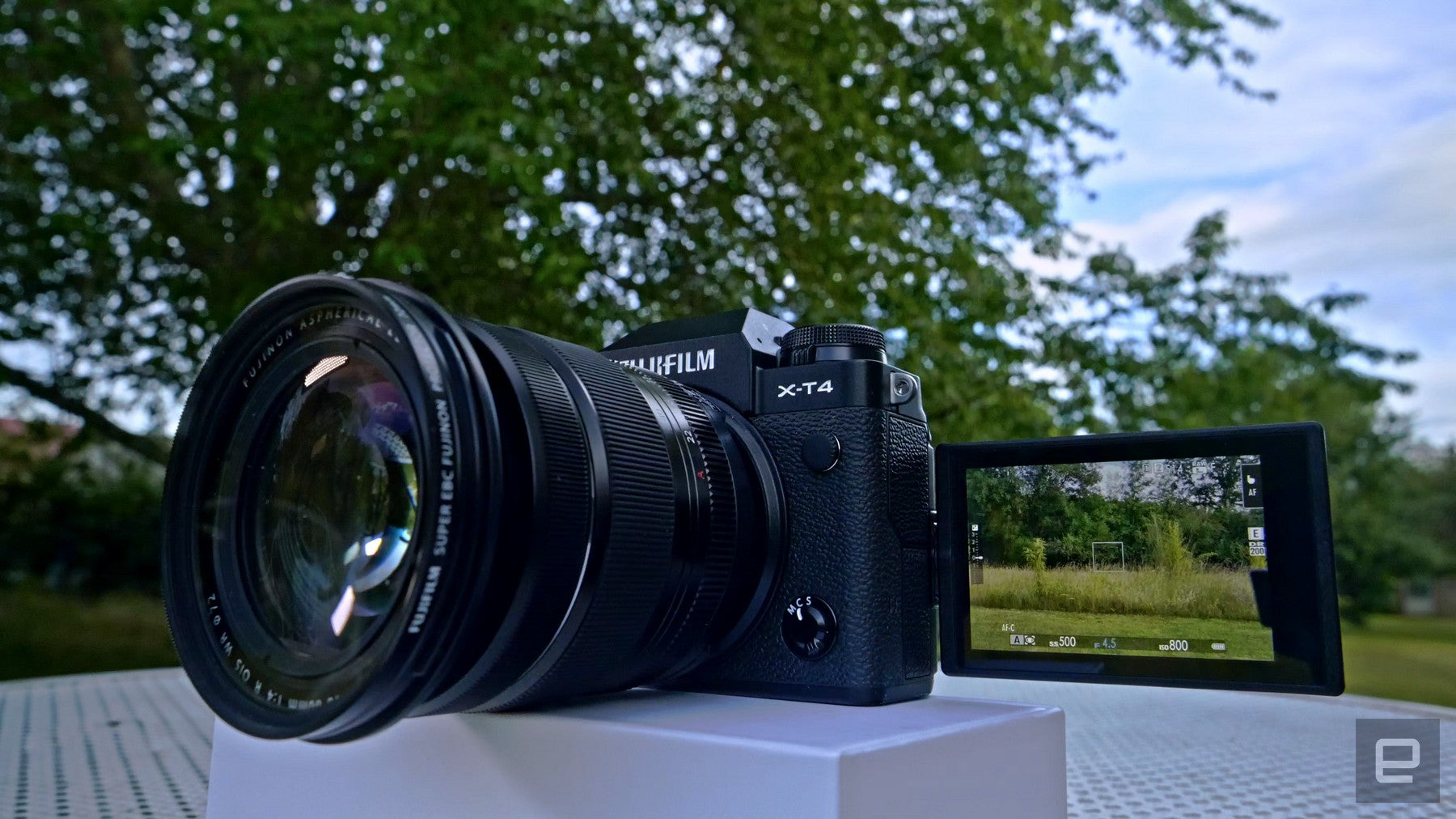Vlogging cameras are designed for filmmakers who work alone and either use a tripod, vehicle-mount or just their hands to hold a camera. It has to be good not just for filming yourself, but other “B-roll” footage that helps tell your story.
The number one requirement is a flip-around screen so you can see yourself while filming. Those can rotate up, down or to the side, but flipping out to the side is preferable so a tripod or microphone won’t block it.
Continuous autofocus (AF) for video with face and eye detection is also a must. It becomes your camera “assistant,” letting you concentrate on other things. Most cameras can do that nowadays, but some do it better than others.
If you move around or walk a lot, you should look for a camera with built-in optical stabilization. Electronic stabilization will also help as long as you’re aware of the limitations. You’ll also need a camera without too much rolling shutter, which can create a distracting jello “wobble” with quick camera movements.
4K recording is key. All cameras nowadays can shoot 4K up to at least 24 fps, but if possible, it’s better to have 4K at 60 fps. If you shoot sports or other things involving fast movements, look for a model with at least 120 fps, 1080p super slow-motion recording.
Video quality is another important consideration, especially for skin tones. Good light sensitivity helps for night shooting, concerts, etcetera, and a log profile helps improve dynamic range or lets you shoot HDR videos. If you want the best possible image quality and can afford it, get a camera that can record 4K with 10-bits (billions) of colors. That will give you more options when you go to edit.
Don’t neglect audio either — if the quality is bad, your audience will abandon you. Look for a camera with a microphone port so you can plug in a shotgun or lapel mic for interviews. It’s also nice to have a headphone port to monitor sound so you can avoid nasty surprises after you’ve finished shooting.
You’ll also want good battery life and, if possible, dual memory card slots. Finally, don’t forget about your camera’s size and weight. If you’re constantly carrying one while shooting, especially at the end of a gimbal or gorillapod, it might actually be the most important factor. That’s why tiny GoPro cameras are so popular for sports, despite offering lower image quality and fewer pro features.

